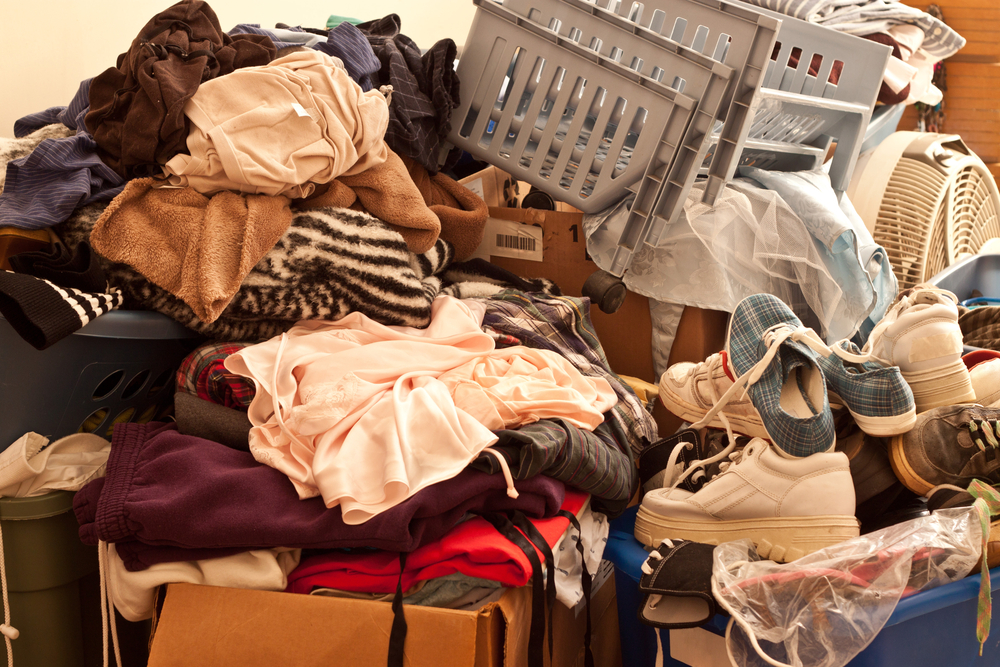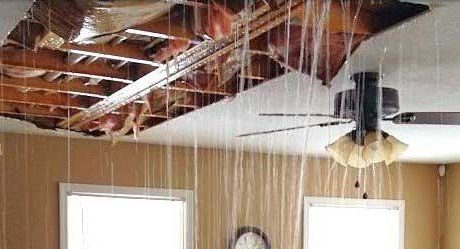Water damage can be a homeowner’s worst nightmare. Whether it’s caused by a flood, burst pipes, or a leaky roof, the consequences of water damage can be devastating. It’s crucial to act quickly and efficiently to minimize the damage and prevent further issues like mold growth. In this guide, PuroClean Emergency Recovery Service New Jersey will provide you with essential tips for safe water damage clean-up and restoration. Remember, if you ever find yourself facing water damage, you can reach us at (877) 750-7876 for immediate assistance.
The Importance of Acting Quickly on water disaster at home
The severity of water damage increases the longer water sits and saturates building components and contents. Time is of the essence when dealing with water-related disasters, as mold can start growing within 48-72 hours. Therefore, it’s crucial to begin the water removal and drying process within 48 hours to mitigate further damage. Having a list of professionals to call and understanding your insurance policy is also essential, as some policies may not cover mold damage or provide limited reimbursement.
Ventilate Affected Areas to Prevent Mold Growth
Mold thrives in moist environments, especially on organic materials like paper and particleboard. To slow down or prevent mold growth, it’s essential to ventilate affected areas. If weather conditions permit, open windows and use fans to keep air circulating and maintain moderate temperatures. When cleaning, work toward the fan to minimize cross-contamination.
Assess Damage to Items and Materials
Not all water damage is the same, and the type of water absorbed by items and materials can vary. It’s essential to assess the damage to determine which items can be salvaged and which should be discarded. Factors like the dollar value and sentimental importance to the owner will influence this decision. Typically, items like drywall, carpets, pads, mattresses, pillows, box springs, and particleboard are not worth salvaging.
However, valuable items like Persian rugs, leather couches, antiques, or heirlooms may be worth restoring. Clothing and many household fabrics can often be salvaged through machine washing and soaking in detergent and hot water for ten minutes to remove contamination and stains. If the water damage involves contaminants like bacteria, sewage, or mold, or if there are small children or immune-compromised individuals present, it’s advisable to have an inspection conducted by a trained restorer and remediator.
Expose Pockets of Saturation
Water damage often hides in concealed pockets of saturation within building materials. These pockets must be opened up for cleaning and drying. Layers between building materials can trap water that needs to be discovered and removed or dried. When dealing with walls, locate the waterline and inspect at least one foot beyond it to ensure all damage, wet materials, and mold are identified. Damaged drywall and wet wall insulation should be removed and discarded.
Wet carpets can typically be dried by professionals with the right equipment, but carpet padding, which acts like a sponge, should be discarded. Wood base trim and hardwood can be saved with the right equipment if they are accessible and can be thoroughly dried on both sides. Investigate concealed spaces such as behind walls, in mechanical areas, under cabinets and furniture, and in crawl spaces to ensure all pockets of saturation are addressed.
Conduct a Thorough Cleaning
Durable, non-porous, or semi-porous materials like studs, joists, hardwood flooring, and vinyl products can be cleaned using common cleaning products or specialized detergents. During the cleaning process, take care to protect areas that are unaffected by water or mold. In cases where harmful bacteria from sewage, river water debris, or stagnant water may be present, consider applying a disinfectant solution after cleaning.
For a comprehensive cleaning of salvageable materials, it may be necessary to apply a disinfectant solution to eliminate potential health hazards. Professionals like water restoration and mold remediation contractors and indoor environmental specialists can help determine the best course of action for your situation. After cleaning, consider conducting a final round of cleaning, and if you choose to vacuum, use a HEPA-filter vacuum to remove allergens, fine dust, and spores.
Confirm Drying Before Reconstruction
To prevent issues like dry rot and structural damage, avoid reconstructing or covering wood and other wet materials until the moisture content has been sufficiently reduced. A water restoration professional can confirm proper drying before reconstruction begins. This step is crucial for ensuring the long-term structural integrity of your home.
Conclusion
Water damage is a serious issue that requires immediate attention and action. By acting quickly, assessing the damage, ventilating affected areas, exposing pockets of saturation, conducting a thorough cleaning, and confirming drying before reconstruction, you can effectively mitigate the impact of water-related disasters on your home.
Remember that PuroClean Emergency Recovery Service New Jersey is here to assist you in the event of water damage. Our team of professionals has the expertise and equipment to handle water damage restoration and ensure your home is safe and dry. You can reach us at (877) 750-7876 for prompt assistance and peace of mind during challenging times.



